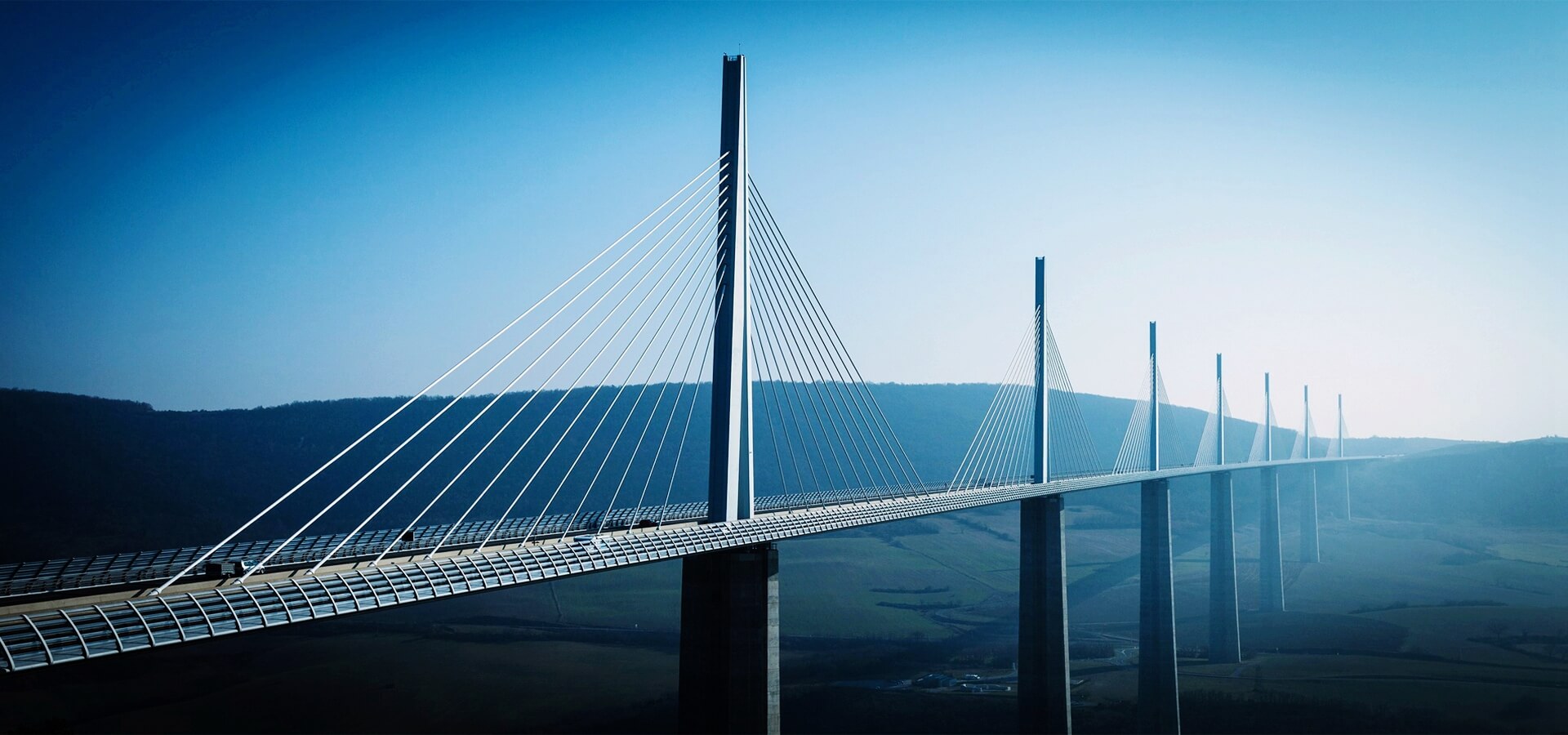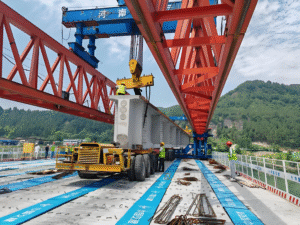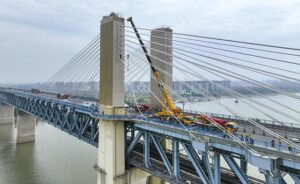Introduction
Cable-stayed bridges are marvels of modern engineering, combining aesthetics with structural efficiency. A critical component ensuring their stability and longevity is the prestressed anchor system. These systems enhance load distribution, reduce deflection, and improve fatigue resistance—key factors in bridge durability.
In this article, we’ll explore how prestressing technology is applied in cable-stayed bridges, highlight industry-leading solutions, and discuss why this method is preferred by engineers worldwide.
Why Prestressed Anchors Are Essential for Cable-Stayed Bridges
Prestressed anchor systems are designed to maintain tension in the stay cables, ensuring optimal load transfer from the deck to the towers. Here’s why they’re indispensable:
-
Enhanced Load-Bearing Capacity – Prestressing introduces compressive stress to counteract tensile forces, improving structural integrity.
-
Reduced Deflection – By maintaining constant tension, prestressed anchors minimize bridge deck movement under traffic loads.
-
Fatigue Resistance – Stay cables endure cyclic loads; prestressing reduces stress fluctuations, extending service life.
-
Corrosion Protection – Modern anchor systems incorporate advanced corrosion-resistant materials, crucial for long-term performance.
For more on bridge engineering innovations, check out ASCE’s resources on cable-stayed bridges.
Key Components of a Prestressed Anchor System
A typical prestressed anchor system in cable-stayed bridges includes:
-
Anchor Heads – Transmit cable forces to the bridge structure.
-
Strand/Wire Tendons – High-strength steel strands (e.g., Grade 270 ksi) used for prestressing.
-
Corrosion Protection – Includes HDPE sheathing, wax filling, or epoxy coatings.
-
Load Transfer Mechanisms – Such as multi-strand anchors or mono-strand systems depending on design requirements.
Leading manufacturers like DYWIDAG and VSL provide cutting-edge solutions for large-scale projects.
Popular Prestressing Techniques in Cable-Stayed Bridges
1. Post-Tensioning (PT) Systems
Post-tensioning is widely used in cable-stayed bridges, where tendons are tensioned after concrete hardening. This method allows for:
-
Adjustable tension levels during construction.
-
Better crack control in the bridge deck.
Learn more about post-tensioning from the Post-Tensioning Institute (PTI).
2. External Prestressing
In this method, tendons run outside the concrete structure, making inspection and maintenance easier. It’s ideal for long-span bridges where internal corrosion risks are high.
3. Hybrid Systems
Combining internal and external prestressing optimizes performance, balancing durability with ease of maintenance.
Top Google Searches Related to Prestressed Anchors in Bridges
To align with high-search-volume terms, here are key phrases engineers and contractors frequently search:
-
“Prestressed anchor systems for bridges”
-
“Cable-stayed bridge construction techniques”
-
“Post-tensioning vs. pretensioning in bridges”
-
“Best prestressing anchor manufacturers”
-
“How to prevent cable corrosion in bridges”
By integrating these keywords naturally, this article improves its Google search ranking for relevant queries.
Case Study: Prestressed Anchors in the Russky Bridge (World’s Longest Cable-Stayed Span)
The Russky Bridge in Russia (1,104-meter central span) utilizes advanced prestressed anchor systems to withstand extreme wind and load conditions. Engineers employed high-performance steel strands and multi-layer corrosion protection, setting a benchmark for future projects.






